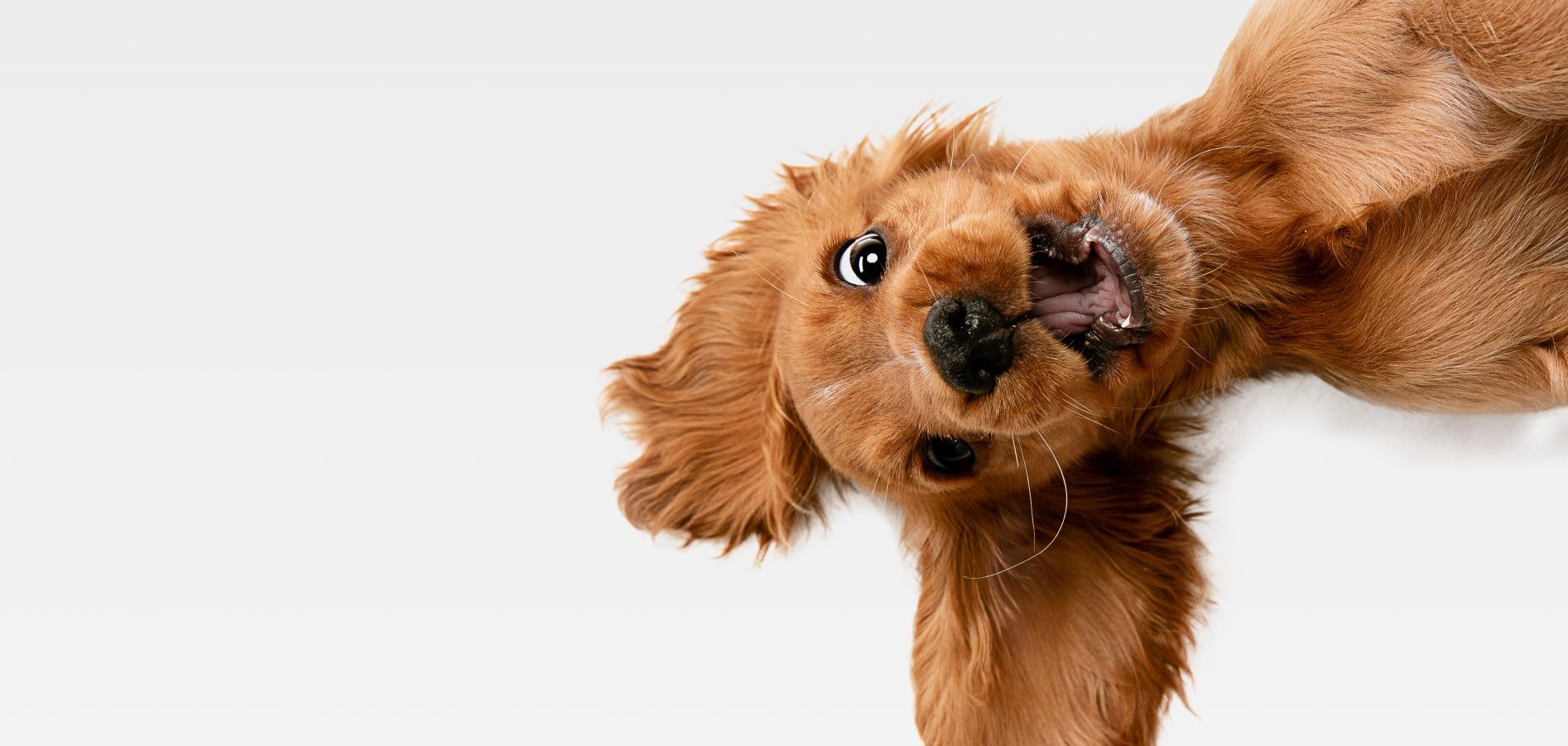Your shopping cart is empty
JavaScript seems to be disabled in your browser. For the best experience on our site, be sure to turn on Javascript in your browser.
Orders of more than £100.00 will be shipped free. Flat shipping rate of £7.00 on all orders up to £100.00
Are you a groomer or pet professional? Click here

Dog brushing is an essential regular task to ensure wellbeing, health and beauty. However, we need to know how to do it properly and how to choose the right procedure depending on your dog’s hair type.
If you know how to brush a dog and you do so frequently, both your faithful friend and your home will see the benefits. Firstly, because the hairs shed will be removed more effectively. They won’t fall out wherever your dog goes!
However, remember that all dogs need to be brushed, even those with very little hair. Through this process, the shedding hairs are removed. It also allows you to identify any anomalies on the skin, such as marks, parasites or bald patches.
This task undoubtedly improves the quality and appearance of a dog’s hair, which stays stronger and cleaner. That’s why dog brushing should be a regular routine in your home. Remember, however, to have the right materials. For example, the Nature Collection Metal Pin brush or the Natura Collection Double Slicker.
Now that you know how it important it is, you need to master the steps to brushing a dog.
First, you need to have a good grooming brush set. Choose the right accessories and place everything on a side table or another surface. Use a brush with metal pins to open up the coat. Some recommended options are the Nature Collection Metal Pin Brush and the Paddle Brush, which is great for quickly removing tangles.
Then, place a towel in the area where you are going to work so that the hairs fall onto the towel and aren’t spread around.
For everything to go as planned, it is important that your dog is relaxed. Sit them down on your lap or on a chair, depending on their size. This way, you can move freely and reach both their head and their legs. Then, stroke them to help them feel calm.
Contrary to popular belief, it is better to brush before a bath as dry hair is easier to work with.
Common sense is a good starting point if you don’t know how to brush a dog. The best approach is to do it gently as you caringly interact with your pet to keep them feeling happy.
Be kind and gentle, especially if you have to untangle knots. Get used to following the direction of hair growth. It’s important to act fast, without prolonging the process any more than is necessary. Your dog will soon get tired of it, so don’t overdo it.
The best order to follow is:
Reward their patience and good behavior with something they love, like a biscuit or any other treat. Not only that; demonstrate your affection as you normally would and in the way they like. If you’ve got your dog used to this since they were a puppy, they will find the experience more natural and relaxing.
After you give them their reward, return to normality: bath them or do whatever else you had planned to do.
We know that not all dogs are alike. Their coats are a key differentiating factor – and not just between breeds, but also between one dog and another. For that reason, it is a good idea to research how to brush them depending on their particular features.
Follow the line of the hair, as we said above. It’s a good idea to use a hairdryer focused on that same direction to boost the effect. If afterward, when you bath your dog, you apply a good moisturizing shampoo, the result will be fabulous.
The goal is to end up with a straight, uniform coat. All you need to use is our Green Rubber Palm Pad, specially designed for dogs with short hair, or a soft-bristle brush. Always go from front to back and from top to bottom.
Brush them daily to prevent knots. Use a soft-bristle slicker and dampen their hair with our Mixed Conditioner Spray so that it doesn’t break.
The top part of the hair is hard to the touch, like wire, and these dogs will require weekly brushing and regular stripping every six weeks. We recommend that this is done by a professional.
This is the only exception. These dogs shouldn’t be brushed as such. In this case, all you need to do is use your fingers now and again.
As you have seen, dog brushing is very important, but you need to master the technique and calm your dog before starting. With Artero products and tips, you’ll find it much easier.